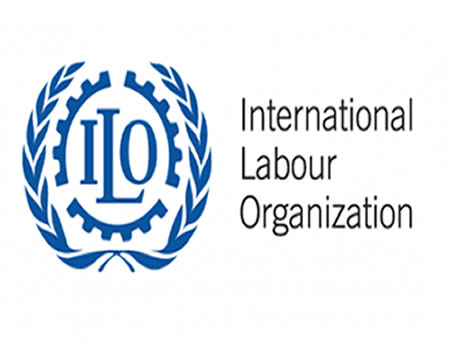The ILO estimates that 164 million people are migrant workers; a rise of 9 per cent since 2013, when they numbered 150 million.
According to the 2nd edition of the ILO’s “Global Estimates on International Migrant Workers,” which covers the period between 2013 and 2017, the majority of migrant workers – 96 million – are men, while 68 million are women.
My life as Fela Anikulapo’s daughter — Shalewa
This, the report says, represents an increase in the share of men among migrant workers, from 56 per cent to 58 per cent, and a decrease by two percentage points in women’s share, from 44 per cent to 42 per cent.
The Director of the ILO Conditions of Work and Equality Department, Manuela Tomei, said: “While growing numbers of women have been migrating autonomously in search of employment in the past two decades, the discrimination they often face because of their gender and nationality reduces their employment opportunities in destination countries compared to their male peers.”
The report states that nearly 87 per cent of migrant workers are of prime working age, between 25 and 64 years old; thus suggesting that some countries of origin are losing the most productive segment of their workforce.







